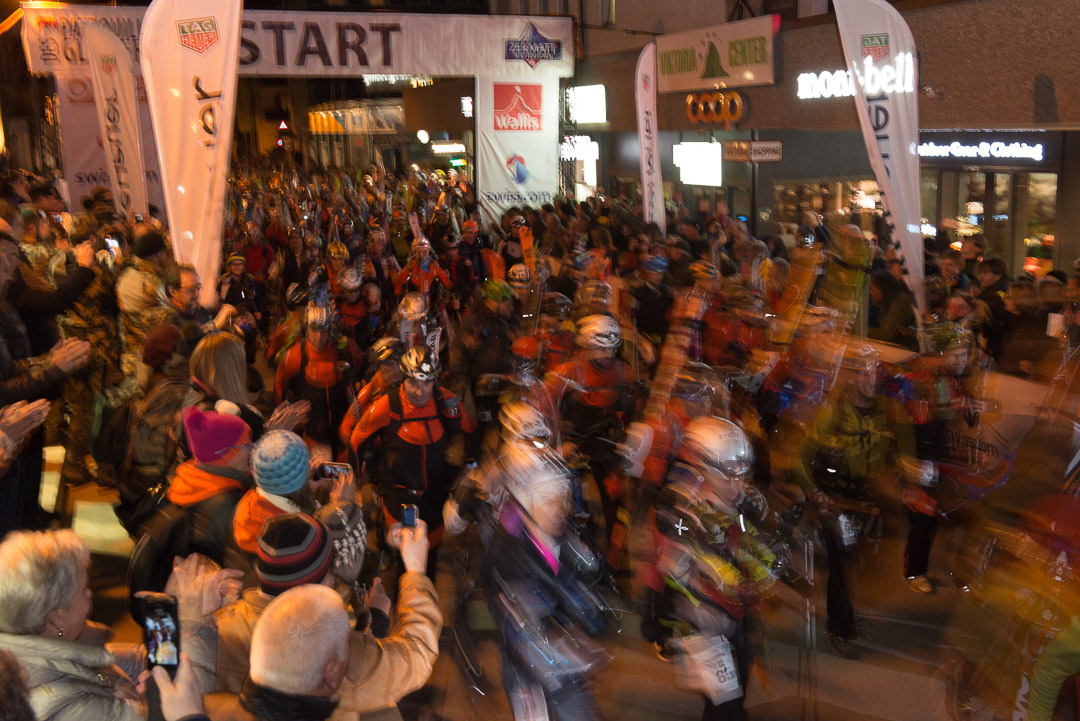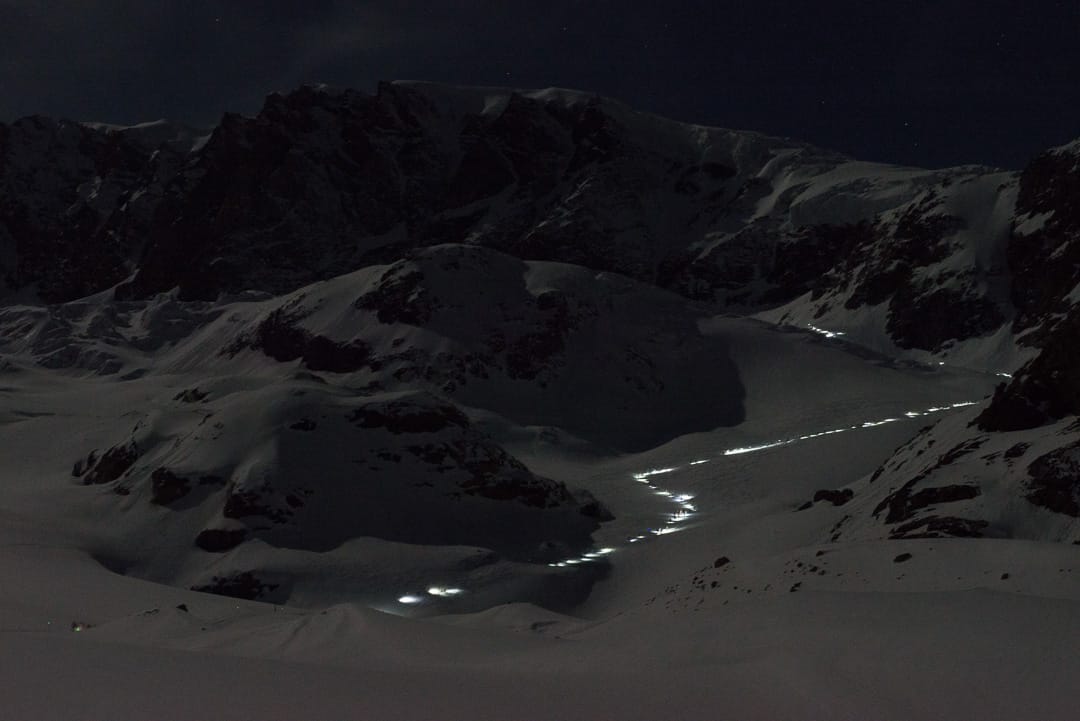The this part in our series on the PdG is an opportunity to see how one team of motivated individuals finished the race in good form and remained friends. If you seek an end-of-season goal, or even a year-or-two-out goal, consider the PdG a must do event.
If you’ve made it this far (see Part 1 and Part 2 and still need to figure out whether the PdG is for you, I’ll again say that you should do it. Yes, it’s a bit of a commitment but it’s worth it. If you’ve done any of the bigger North American races (e.g., Powder Keg, Power of Four, Grand Traverse), then the PdG is your logical next step. If you’ve skimo raced at all, it’s still doable with some effort. And even if you’ve never raced but are an avid and fairly fit backcountry skier with decent ski mountaineering experience, the PdG is definitely within your capabilities.

Simply put, the PdG is accessible to a much broader range of participants than die-hard skimo racers who practice double skin rip transitions. Yes, less experience will mean a more concerted and consistent effort is needed to prepare. But as usual, the right attitude can make up for a lot. The following recap of Team Tahoe Skimo’s experience in the 2022 PdG is that of a team that, in hindsight, seems pretty representative of the average.






Leave a Reply
You must be logged in to post a comment.